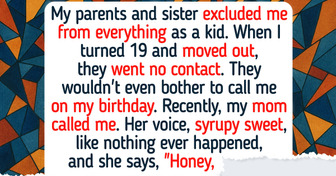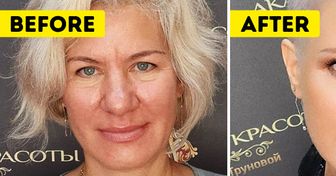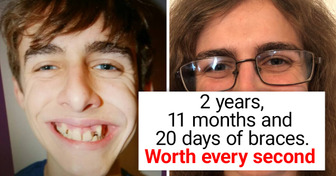17 People Revealed What Became the Last Straw in Their Relationship

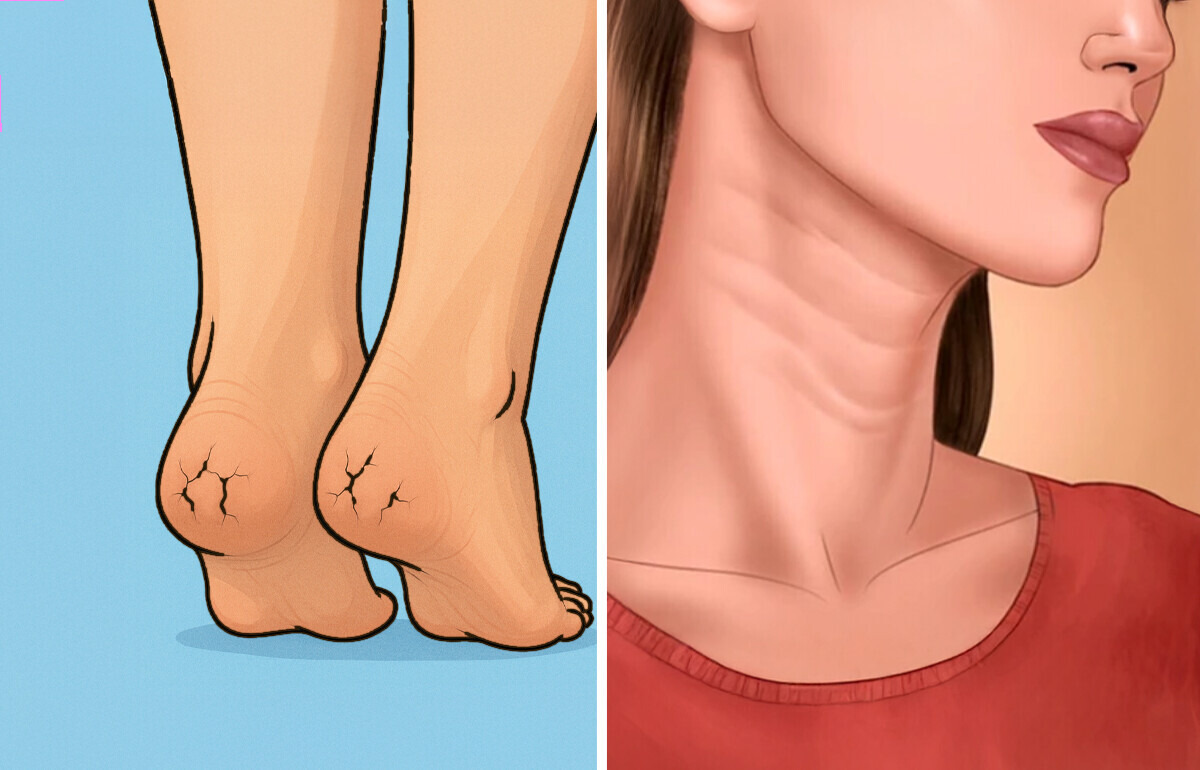
Your skin can tell you a lot about your health. Sometimes, small changes like a new spot, rash, or strange color could be a sign of something more serious going on inside your body. In this article, we’ll look at 8 skin warnings that you shouldn’t ignore. Knowing what to watch for can help you catch health problems early and stay safe.
CONTENT IS PROVIDED FOR INFORMATIONAL PURPOSES ONLY AND IS NOT INTENDED AS A SUBSTITUTE OF MEDICAL ADVICE. SEEK GUIDANCE OF YOUR DOCTOR REGARDING YOUR HEALTH AND MEDICAL CONDITIONS.
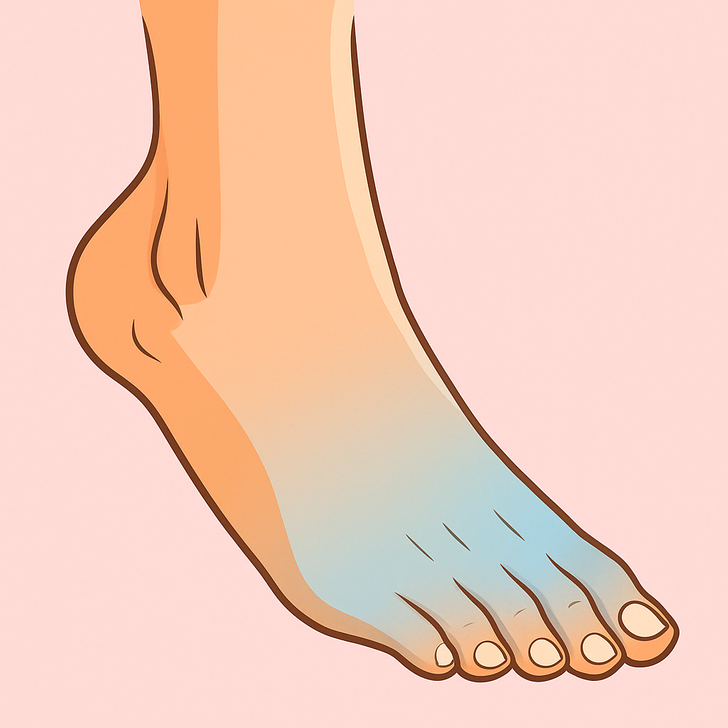
Toes that remain persistently blue or purple may be a warning sign of Peripheral Artery Disease (PAD). This condition arises when atherosclerosis—the accumulation of plaque within the arteries—limits blood flow to the extremities, most commonly the legs and feet. The bluish or purplish discoloration reflects poor circulation and a lack of adequate oxygen reaching the tissues.
In addition to discoloration, individuals with PAD may experience symptoms such as leg pain during physical activity (a condition known as claudication), muscle cramping, numbness, and slow-healing wounds on the lower limbs. If left untreated, PAD can progress and result in severe complications, including tissue damage, infections, and even the risk of limb loss.
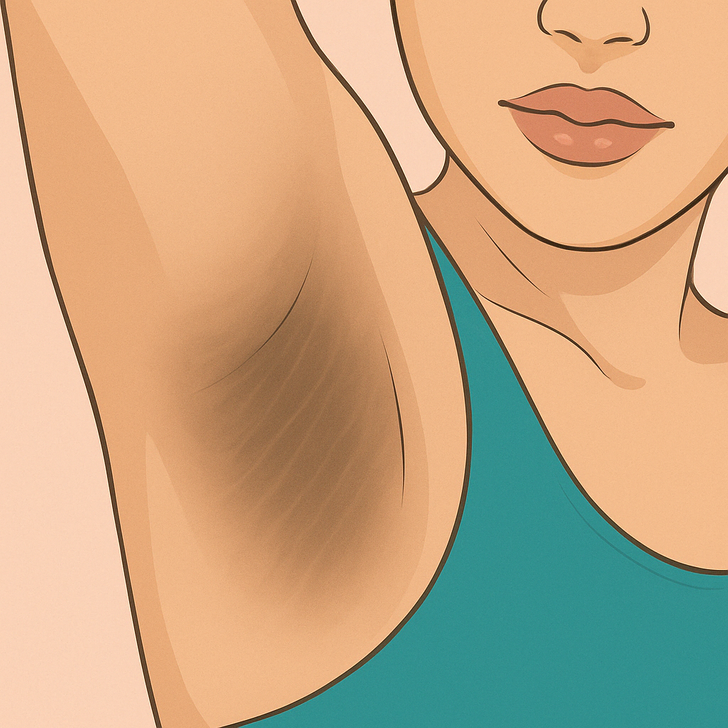
The appearance of dark, thickened skin with a velvety feel—commonly on the neck, underarms, groin, or other areas—can be a sign of prediabetes. This skin condition, called acanthosis nigricans, often serves as an early indicator of insulin resistance or developing diabetes.
While it occasionally occurs in people without any health concerns, it is most commonly linked to issues with insulin sensitivity. If you observe such changes in your skin, it’s essential to seek medical advice for proper assessment and diagnosis.

After menopause, a woman’s body produces significantly less estrogen—insufficient to maintain strong and healthy bones. One visible indicator of declining bone density is the appearance of pronounced wrinkles on the neck. These lines could signal that the bones are becoming more fragile and prone to fractures. To help reduce the risk of osteoporosis, incorporating calcium and vitamin D supplements into your routine may be beneficial.
In addition, these neck wrinkles might be hinting at potential issues with thyroid function. If a thyroid disorder is progressing without treatment, it can manifest through physical symptoms—especially around the neck. Beyond wrinkles, dry or flaky skin in that area may also serve as a warning sign to seek medical evaluation.
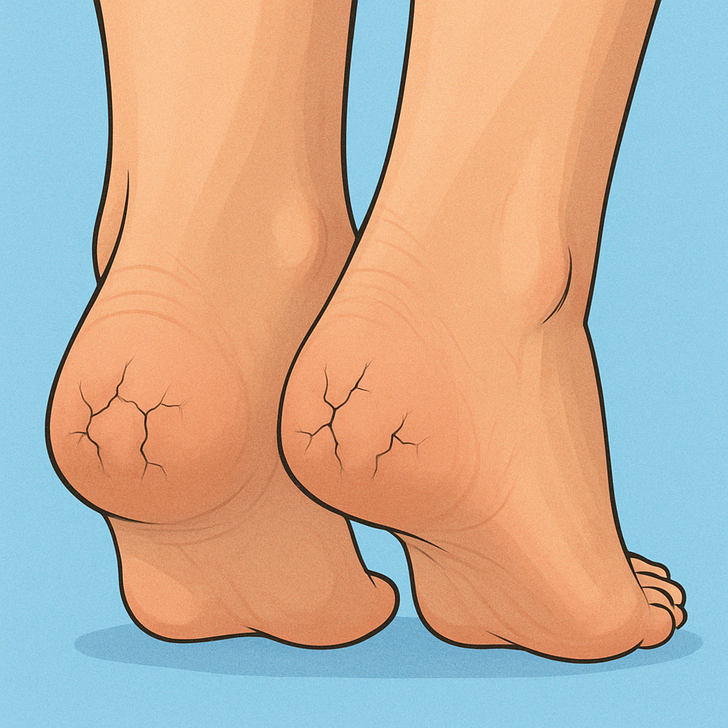
If you notice your heels are cracked, it could be an early warning sign of an underlying thyroid condition. Cracked heels, especially when persistent and accompanied by dry, flaky skin, could be more than just a cosmetic concern—they might signal hypothyroidism, a condition in which the thyroid gland doesn’t produce enough hormones.
This hormonal imbalance can slow skin cell turnover and reduce sweating, leading to dry, thickened skin on the feet. If you’re also experiencing symptoms like fatigue, weight gain, or sensitivity to cold, it may be time to consult your healthcare provider.
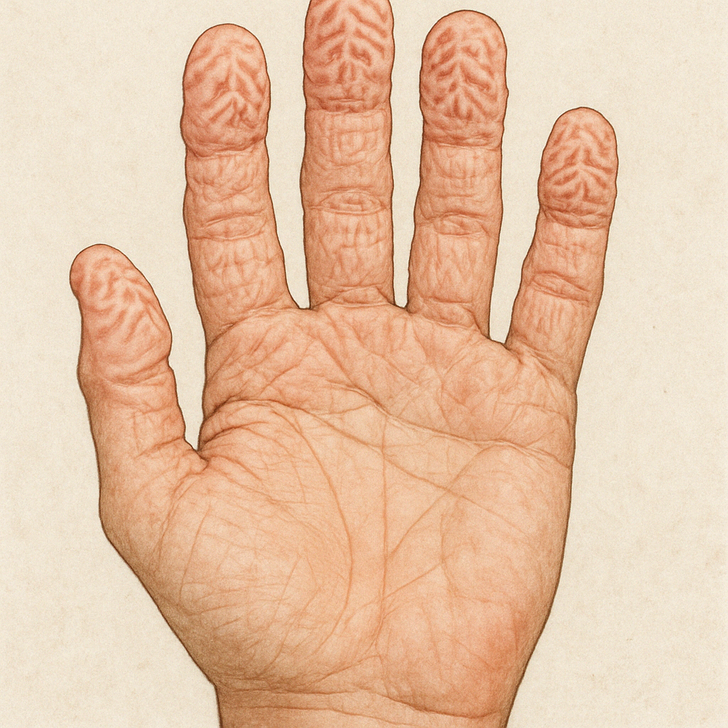
If your hands become wrinkly without prolonged exposure to water, it could be a sign of Raynaud’s disease.
This condition affects blood circulation, causing blood vessels in the fingers and toes to constrict in response to cold or stress. As a result, blood flow decreases, leading to skin wrinkling and color changes—fingers may turn white, blue, or red.
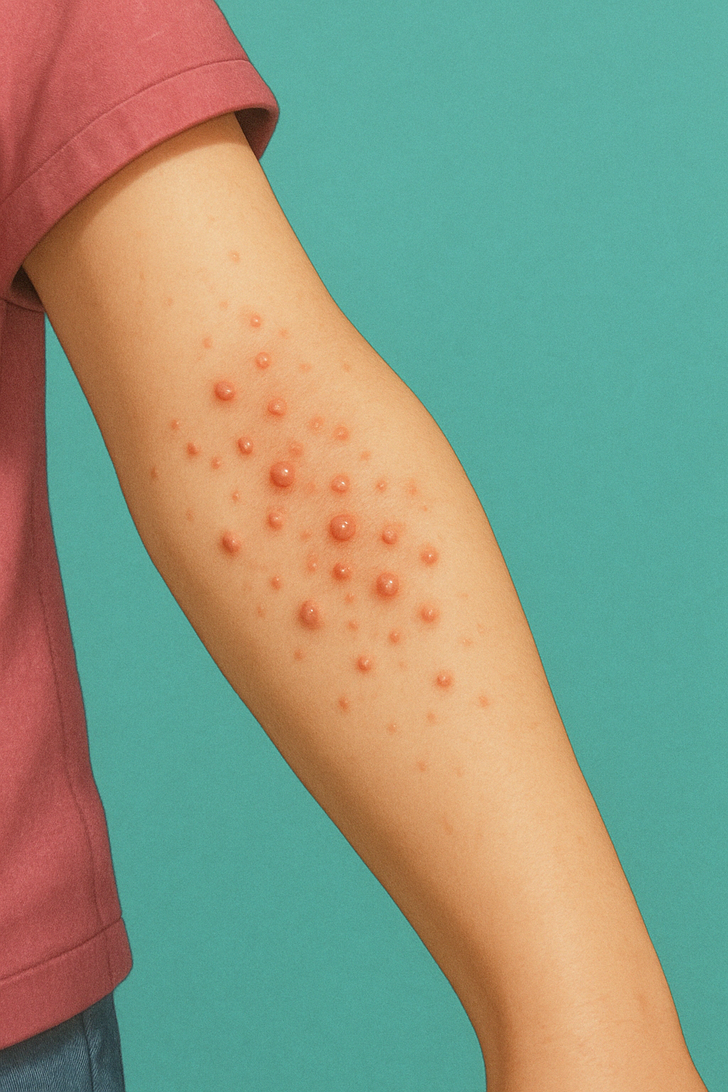
The eruption of small bumps on the skin may indicate extremely high levels of blood triglycerides, a condition known as hypertriglyceridemia. These bumps, called eruptive xanthomas, are fatty deposits that typically appear on the back, buttocks, chest, and arms.
Early detection and treatment are important to prevent complications like pancreatitis and cardiovascular disease.
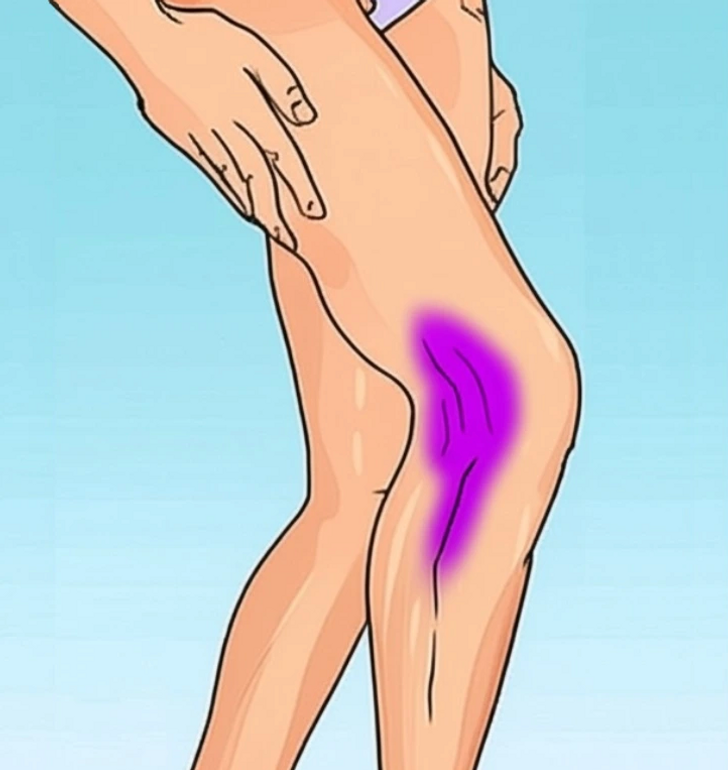
If your wounds take an unusually long time to heal, it may indicate serious underlying health problems. Conditions such as diabetes, heart disease, and peripheral vascular disease can impair blood circulation, reducing the delivery of oxygen and nutrients essential for tissue repair.
Poor circulation also hampers the removal of waste products and bacteria, increasing the risk of infection and further delaying healing. Additionally, high blood glucose levels in diabetics weaken white blood cell function, compromising the body’s ability to fight infection and heal wounds effectively. Recognizing these signs early and seeking medical attention is crucial to prevent complications and promote proper healing.
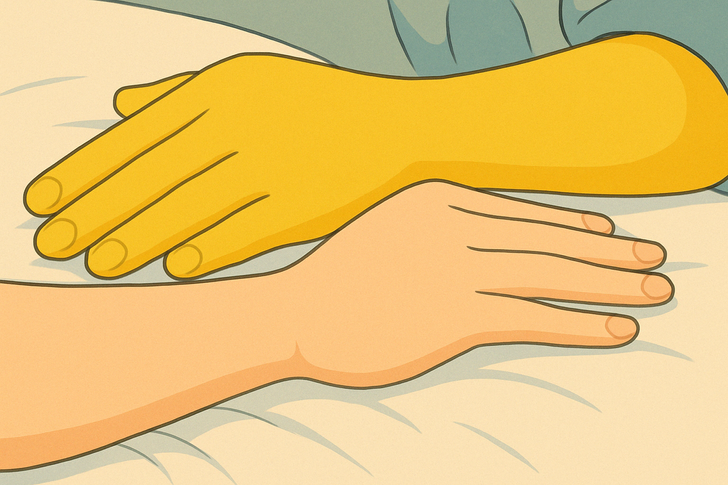
Yellowing of the skin and the whites of the eyes, known as jaundice, may indicate liver problems. This discoloration results from elevated levels of bilirubin, a yellow pigment produced during the breakdown of red blood cells.
When the liver is unable to effectively process and eliminate bilirubin, it accumulates in the bloodstream, leading to jaundice. Other signs of liver disease can include abdominal pain and swelling in the legs and ankles, itchy skin, dark urine, pale stool, fatigue, nausea or vomiting, loss of appetite, and easy bruising.
We’re often told to get at least 7 hours of sleep, but stress and daily disruptions can make that challenging. Using AI, sleep tech company Simba explored how lack of sleep affects the body—and the findings are alarming. Discover the 6 shocking effects of sleeping less than 7 hours a night through this link.

